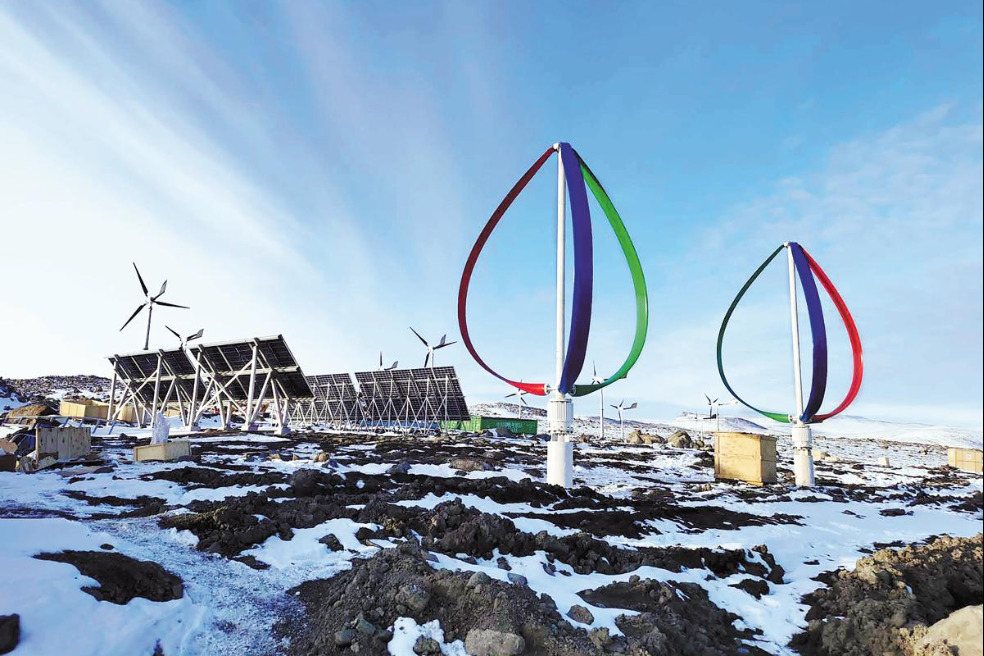C-PAR1 project makes fruitful achievements
China's protected area efforts lauded by global environment fund


Propelling decisions
The accomplishments of C-PAR1, for instance, have directly influenced policymaking within the MEE, facilitating the alignment of decisions along with the goals of the Convention on Biological Diversity, or CBD.
Additionally, its impact extends to guiding the NFGA in formulating strategies for the construction and effective management of national parks.
In overseeing protected areas, the project has played a pivotal role in setting up a robust evaluation platform to assess the effectiveness in ecological and environmental protection. The platform, which went online in September 2023, now covers 322 national protected areas in 25 provincial-level regions.
C-PAR1 has extended its support to a crucial technical platform that leverages satellite technology for monitoring protected areas. Its scope encompasses various studies such as monitoring protected areas in relation to optimizing and integrating protected areas, supervising ecological conservation red lines, and overseeing marine protected areas. These efforts have furnished the MEE with essential technical assistance.
C-PAR1's study results concerning biodiversity funds have facilitated the implementation of certain CBD goals. Two capacity buildups have enabled 139 young staff members across the country to improve their competency in the supervision of protected areas.
The study findings in the realm of protected area management cater to the pressing requirements of the NFGA. These findings encompass the development of national-level guidelines for planning and monitoring protected areas in the face of climate change, guidelines for national park concessions, policies for addressing human-wildlife conflicts, guidelines for the cross-provincial management of national parks and the management of their natural assets, as well as the establishment of sustainable financing mechanisms. These mechanisms include diverse financing and investment strategies, valuing ecological products, utilizing green funds, and encouraging social donations.
Specifically, four key findings related to human-wildlife conflict policies and guidelines, as well as national park concessions, have been promptly communicated to the NFGA.























